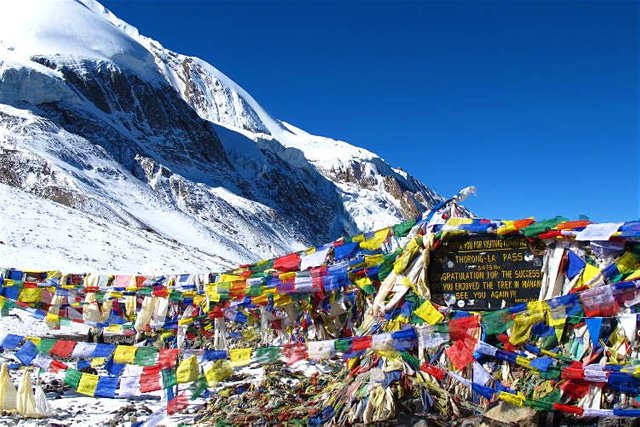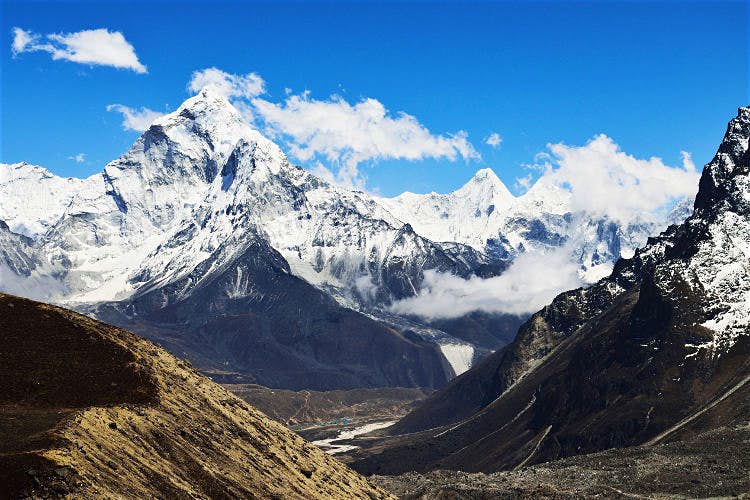Trekking Nepal's most hair-raising passes

When people talk about trekking in Nepal, there's one question on everyone's lips. How high did you go? That's more than just bravado – with Nepal's tortuous topography, altitude is something you have to think about every day. Trails in Nepal climb higher than the summits of the tallest mountains in Europe, and conquering the high passes of the Himalaya is a badge of honour for any hiker worth their hiking boots.
Part of the glory of trekking in the Himalaya is how high you can go – because of the latitude, the snowline starts higher than the summits of many mountains further away from the Equator. However, this is not an environment to be take lightly, as the events in Annapurna National Park on 12 October 2014 tragically demonstrated. Dozens of trekkers perished after blizzards struck the upper stages of the Annapurna circuit in Nepal's worst ever trekking disaster. On any trek, it is essential to make sure you are properly equipped for the conditions, that you tell people where you are going and when you will be back, and that you monitor the weather and seek shelter promptly if conditions deteriorate.
So, what is it like to cross a Himalayan pass? Well, put ideas of knife-edge ridges out of your mind. Most passes in the Himalaya involve a slow, sustained ascent on one side, and a slow, sustained descent on the other. The climb will test your lungs and muscles to breaking point; the descent will do the same to your knees. False ridges abound, so you'll think you've reached the top, only to have your hopes dashed as another soaring ridge looms ahead. But you can't miss the actual passes – just look for the strings of fluttering prayer flags, left by generations of past trekkers and their Sherpa guides.
Those who successfully conquer the high passes of the Himalaya can join the exclusive club of high-altitude trekkers, and participate in the conversations that buzz around the bars of Thamel in Kathmandu. How did you feel at the top? Did you get any symptoms of AMS (Acute Mountain Sickness)? Did you take Diamox? More valuably, you'll gain the satisfaction of pitting yourself against a mighty natural obstacle and overcoming all the physical and psychological hurdles put in your way. For that reason if no other, the high passes of Nepal deserve a special place in the trekking hall of fame.
Nepal's most dramatic passes
For locals, crossing the passes – or la – that link the valleys of the high Himalaya is a daily necessity, particularly in Solukhumbu, where human habitation extends all the way to the Khumbu icefall on the flanks of Mount Everest. The meltwater streams that drain from the world's highest mountains have carved a tortured landscape of interlinked valleys that zigzag south towards the Terai plains like fossilised lightning. To get from Valley A to Valley B, the only option – short of walking downhill for days to reach the nearest river confluence – is to go over the top. If you feel like taking on the challenge, try our pick of the most testing passes in Nepal
.
nice
umarrauf
follow me and let's upvote eachother